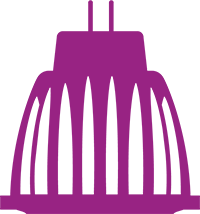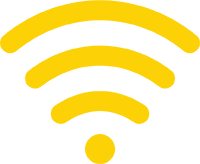Getting to Zero: An Evaluation of Zero Network Standby Power
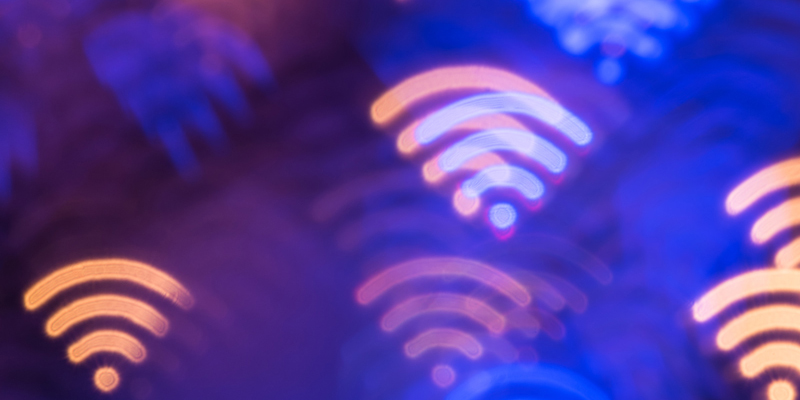
This report examines the feasibility and economics of achieving network zero in three different products: mini-split HVAC systems, smart speakers, and connected light bulbs. We investigate the range of network standby
Total Energy Model for Connected Devices

The objective of this study is to develop a quantitative model of the “total energy use” of connected devices, globally. This report (and model) aims to quantify the total additional energy that results from devices becoming connected to a communications network
Intelligent Efficiency for Data Centres and Wide Area Networks

This report discusses the energy consumption of data centres (DC) and the wide area network (WAN) which connects computers and other devices together on the internet. These are complex
PECTA Pre-scoping study – New power electronic materials and devices and its impact on the energy efficiency – Assessment Study for 4E Annex preparation
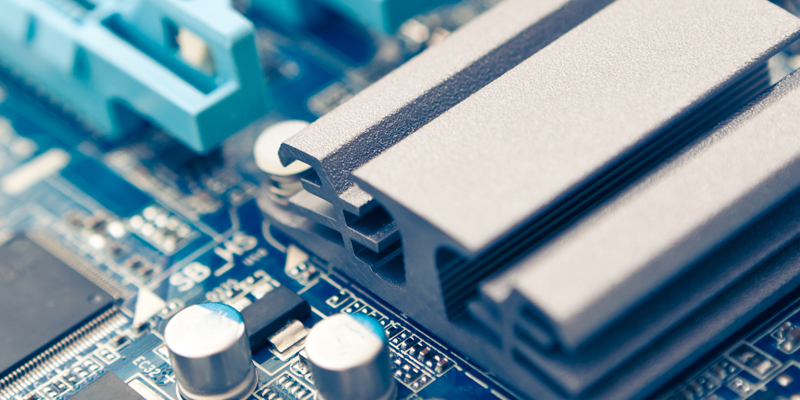
In the beginning of 2017, a new Annex to the IEA 4E TCP (Technology Collaboration Program of Energy Efficient End-Use Equipment) has been planned. The Power Electronic Conversion Technology Annex (PECTA) is designed as a platform to assess the efficiency benefit of using the emerging WBG technology. This report is part of the PECTA preparation […]
Energy Harvesting Technologies for IoT Edge Devices

This report discusses the elements of an energy harvesting system, and the possible energy sources and quantities of energy which can be harvested from light, thermal energy, radio frequency
Policy Guidelines for Motor Driven Units – Part 2

This Policy Guideline proposes policy options for the inter-national alignment of technical standards and minimum energy performance standards (MEPS) for pump, fan and compressor Motor Driven
Network Standby Power Basics (revised April 2018)

This report incorporates and organizes our collective understanding of the network standby function, identifies the primary factors that influence its power draw, develops a framework for understanding these factors, and estimates power ranges associated with different network standby function implementations.
Energy Audit Guide for Motor Driven Systems

This guideline gives a systematic and comprehensive overview on how to use available standards and tools for a motor system audit. This guideline gives a systematic and comprehensive overview
Intelligent Efficiency – A Case Study of Barriers and Solutions – Smart Homes

This report highlights the role of energy efficiency policy makers in improving the value proposition for smart homes for energy management, by supporting the development of methodologies and studies quantifying benefits, and the provision of accessible information to consumers via labels or other mechanisms
EVSE Scoping Study for 4E

The delegates from EDNA member countries decided to conduct a Scoping study, to investigate the energy performance of Electric Vehicle Supply Equipment (EVSE), looking also at the existing policy approaches for this emerging product group. This Scoping study
Effectiveness of Energy Efficiency Voluntary Agreements
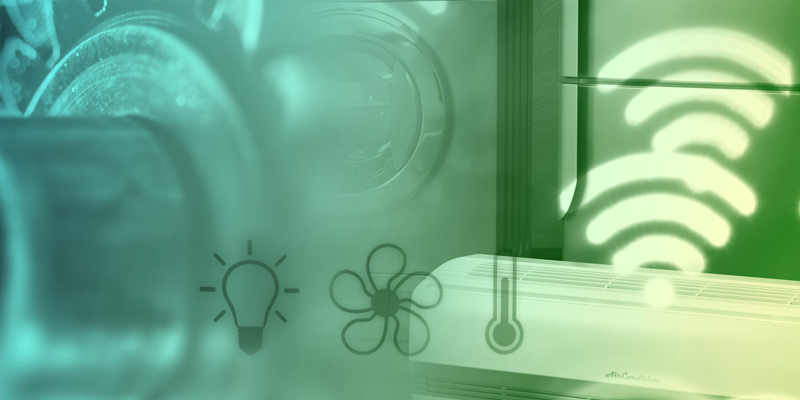
The 4E Technology Collaboration Program wants to gain more insight into the effectiveness of voluntary agreements (VAs) in improving the energy efficiency of appliances and equipment
U4E: Accelerating the Global Adoption of Energy-Efficient Electric Motors and Motor Systems

The report guides policy makers on how to promote energy-efficient motors and motor systems in their national markets, with a special focus on developing countries.
Evaluation of CIE International Test Method for Solid State Lighting
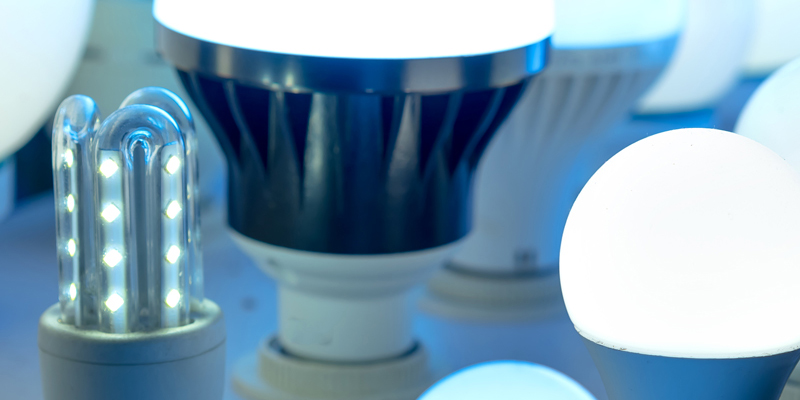
The objective of this task is to promote the use of the Commission Internationale de l’Eclairage (CIE) International Standard CIE S 025/E:2015 for light emitting diode (LED) based lighting products
Lessons Learnt Bringing LEDs to Market

The purpose of this report is to provide policy makers with examples and a summary of how IEA 4E SSL Annex member countries’ have introduced and promoted LED illumination products in their respective markets. This report highlights key policy and
Lessons Learned Bringing LEDs to Market – Programmes and Policies Report

Standby Consumption Measurements

This document summarises the standby and networked standby measurements of the following products and concludes the compliance with ecodesign requirements: Standby consumption of 31 TVs, 14 audio equipment, 5 printers, 9 complex set top boxes
Encouraging Intelligent Efficiency – Study of Policy Opportunities

This research project investigated the policy and program opportunities for governments to encourage greater investments in network connected devices and their application in reducing
Benchmarking Report for Domestic Gas and Electric, Storage, Instantaneous and Heat Pump Water Heaters
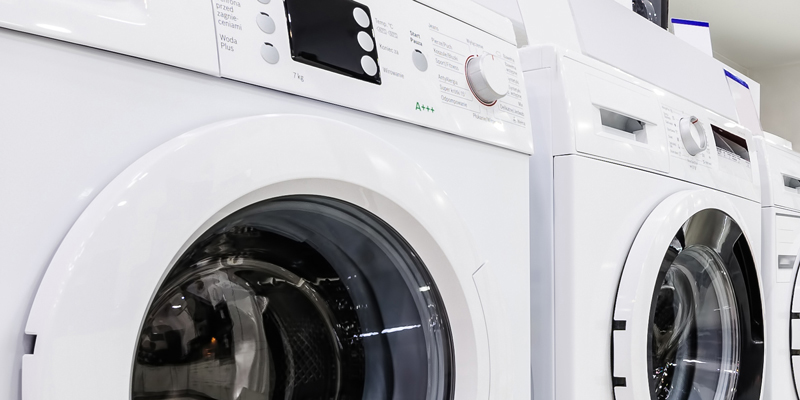
This Benchmarking Report seeks to compare the performance of storage, instantaneous and heat pump water heaters available in a number of national markets by type, between type and by energy source
Energy Aware Devices – Study of Policy Opportunities

This report addresses a technical concept, “energy aware” devices, that enables energy use data of individual devices in buildings to be made available by the devices themselves. Energy aware devices
4E CDA Design & Policy Principles for Energy Efficient Connected Devices

Developed by the Connected Devices Alliance, these principles address the energy efficiency of network-connected devices. They include: Design Principles for designers, manufacturers and protocol authors; and Policy Principles for policy-makers.































